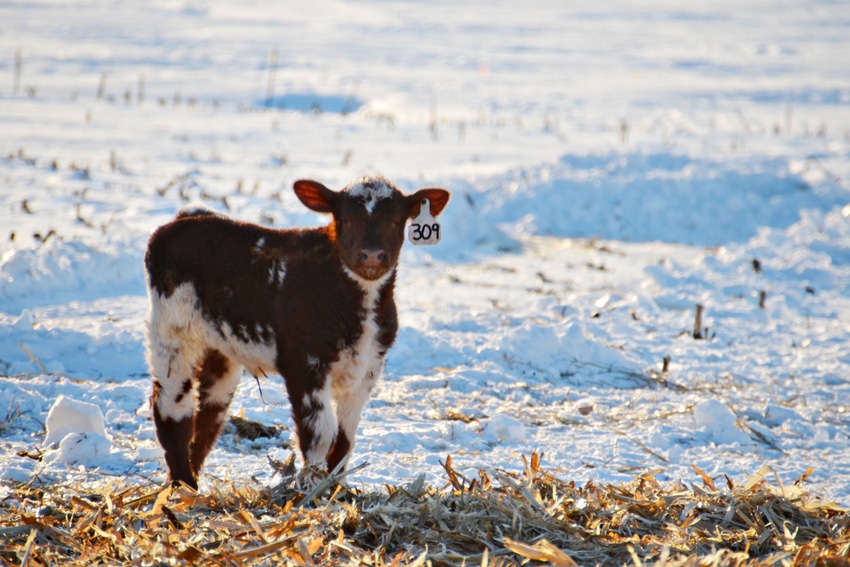March 5, 2015

I would never argue with those who have moved their calving season to late spring to more closely align with Mother Nature. However, there are those of us who, either from a marketing standpoint or a labor standpoint, are relegated to start calving in January or February.
Calving season always starts out with so much anticipation and excitement; awaiting the first wave of artificially inseminated heifers is like the countdown to Christmas when I was a kid. I just can’t wait to see what I’ll get in the new calf crop. I think that new calves are the very definition of hope and promise.
In an otherwise uncertain world, calving time pretty well assures you that you will be in business at least one more year. Then, the Arctic blast hits and the wind chill drops into the negative teens. The nasty weather always seems to happen when you have 50 first-calf heifers learning to be mothers, and you’re suddenly getting up every two hours to move new pairs to the barn or into better-bedded areas.
Even the first week of that scenario is kind of enjoyable; it’s kind of like going to war with Mother Nature and you think you’re up to the challenge. But eventually somewhere in that second to third week of sleep deprivation, the joy of calving evaporates. We still employ a 60-day calving season with our cows, but that shortened 45-day window starts to look appealing.
I’ve found that the grumpier I get, the more willing my three teenagers are to get up and check cows in the cold in the middle of the night. You start looking to the extended forecast and just making it to that day with the projected high above freezing becomes the goal – a pseudo-finishing line of sort. On that day when the sun finally pops out and the temperature rises, so do our spirits. Of course, the warmer weather gives you time to assess things, and you’re glad to confirm that you didn’t lose a single calf.
Most years, there comes a time when you sleep through the alarm, rush outside and find that calf that is too cold or too far gone to save, but we were spared that this year with our heifers. Now I just have to apologize to everyone against whom I took a harsh tone, and pray hard that the next wave comes without the snow, ice and sub-freezing temperatures.
I’ve found you can treat the calving season blues by walking through the calves, but there are only three definitively known cures. They are to calve when Mother Nature intended, when you calve out the very last cow, or when you see the first blade of green grass.
The opinions of Troy Marshall are not necessarily those of beefmagazine.com and the Penton Agriculture Group.
You might also like:
Experts say ranching done right improves the environment and wildlife habitat
Is sexed semen the next reproductive standard?
Breathtaking photos of winter on the ranch
Bale grazing lets cows feed themselves
It's possible to pasture cattle without using fences
70 photos honor the hardworking cowboys on the ranch
About the Author(s)
You May Also Like



